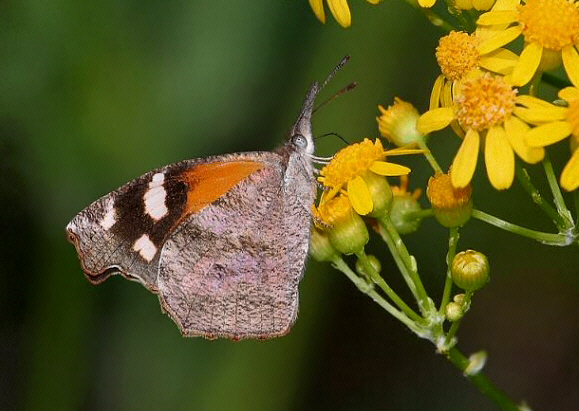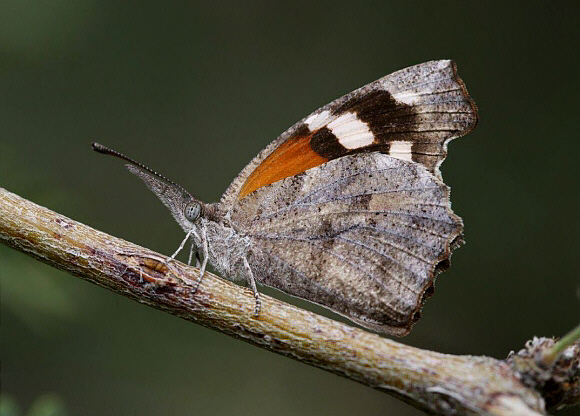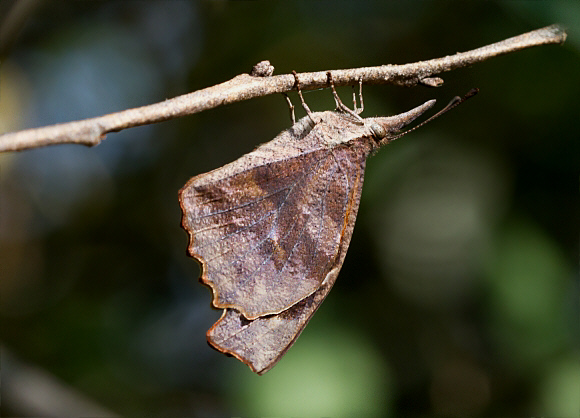 Libytheana carinenta bachmanii, Tennessee, USA – Ken Childs
Libytheana carinenta bachmanii, Tennessee, USA – Ken Childs
Introduction
The Libytheinae was once considered to be a sister-family to the Nymphalidae but is now regarded as a subfamily. There are only 13 species worldwide. The African, Palaearctic and Oriental species are all placed in the genus Libythea. The New World species are included in Libytheana. The latter comprises of terena from Hispaniola, fulvescens from Dominica, motya from Cuba and carinenta – which is distributed from the southern United States to Brazil.
All Libythea and Libytheana species have very long palpi extending forward from the head, hence the popular English names of Snout or Beak butterflies. The apex on the forewing is squared off in all species. On the undersides the wings are cryptically patterned to resemble dead leaves or tree bark. The uppersides are typically dark brown, with orange and / or white markings.
Habitats
This species is found in dry open deciduous woodland and in thorn scrub, at altitudes between sea level and about 500m.
Lifecycle
The larvae feed on Celtis ( Ulmaceae ).
 Libytheana carinenta streckeri, Arizona, USA – Tony Hoare
Libytheana carinenta streckeri, Arizona, USA – Tony Hoare
Adult behaviour
Unlike all other Libytheana species – each of which is endemic to a particular Caribbean island, this species is strongly migratory and distributed all the way from Texas to Brazil. Due to its migratory behaviour Libytheana carinenta varies greatly in abundance from place to place, and at different times of year. The butterflies can sometimes be very scarce, but at other times they occur in vast swarms. It has been estimated that a swarm of migrating Libytheana carinenta in Texas in 1921 was passing at a rate of over a million butterflies per minute across a 250 mile wide front.
Both sexes visit Senecio and various other flowers. During migrations hundreds or even thousands can sometimes be found aggregating to imbibe moisture from damp ruts in forest tracks.
The butterflies are nervous in disposition. If disturbed they fly up and settle on the twigs of bushes and young trees. When at rest the “snout” is angled downward to make contact with the twig. The butterfly then has the appearance of a small dead leaf, anchored to the twig by a short stem.
 Libytheana carinenta bachmanii, Indiana, USA – Chris Orpin
Libytheana carinenta bachmanii, Indiana, USA – Chris Orpin
